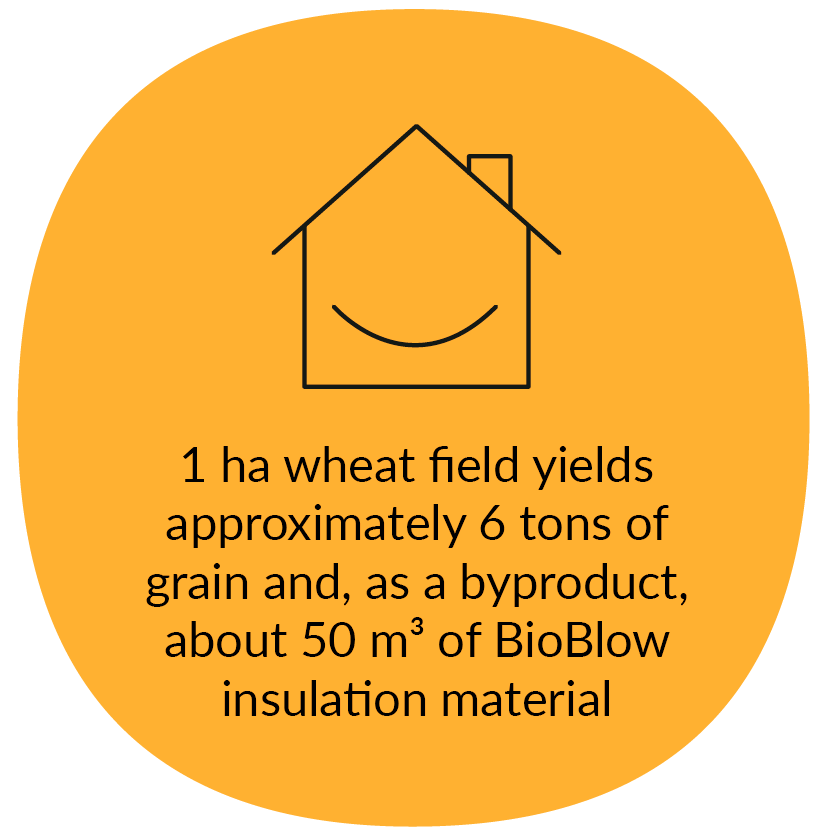
BioBlow is an ecological and sustainable insulation material made from natural straw. The sustainable revolution in the world of heat and sound insulation.
BioBlow, ecological heat and sound insulation made from natural straw. The natural insulation material brings an innovative and sustainable revolution to the world of insulation. The natural straw from BioBlow can be used for fully ecological insulation and offers numerous benefits.
BioBlow is the ideal insulation material for taking a step toward a more sustainable future. Straw grows as a byproduct in the fields, remains as a residual product after harvest, and can be processed into insulation in its natural form. We process straw into BioBlow blow-in fibers using a specially developed procedure. BioBlow is untreated and has natural fire-retardant properties. It is the most ecological way to insulate.





BioBlow is an ecological and sustainable insulation material made from natural straw.

In summer, heat is kept out, while in winter, warmth is retained longer indoors.

BioBlow has excellent sound-absorbing properties for a pleasant living environment
The blow-in fiber from BioBlow is a fast, cost-effective, and sustainable form of insulation material. It can be blown in with great precision, ensuring no waste residues are left behind and achieving high cost efficiency.
BioBlow is currently the first biobased blow-in insulation on the market with Dutch certification. There is no more sustainable insulation material in the world than straw. The straw is a byproduct of cultivated grain. After harvest, it is dried in the summer sun and brought indoors. Only the best straw is processed into BioBlow and offered in various grades: from conventionally grown to purely organic insulation material. BioBlow sustainable insulation material is ideal for making your construction project CO2-neutral.
Application areas of BioBlow

Insulation in winter, cooling in summer
BioBlow sustainable insulation has a very high density and excellent insulation value. This helps you save on heating costs in winter while still enjoying a comfortable indoor climate. The straw also improves the building’s thermal resistance, causing it to cool down more slowly. In summer, the high heat capacity of BioBlow helps avoid heat peaks. The heat storage capacity of BioBlow’s sustainable insulation material is significantly better than that of EPS, wool, grass fiber, cotton, and wood. As a result, it stays cooler longer in summer, keeping the heat out, while in winter, the warmth is retained indoors for longer.
How long does insulation keep heat out with 14 cm insulation thickness through phase shift?
insulation | Phase shift (hours) |
|---|---|
Straw blow-in insulation (wheat and miscanthus) | 8,7 |
Wood fiber insulation | 8,0 |
Cellulose blow-in insulation | 8,0 |
Hemp insulation | 6,7 |
Grass fiber insulation | 5,7 |
Flax insulation | 5,0 |
Sheep’s wool | 5,0 |
Cotton insulation (Metisse) | 4,8 |
Glass wool / PIR / EPS | < 3,0 |

BioBlow is a highly fire-safe insulation material thanks to its high density and high silicate content. The high density ensures that not enough oxygen can reach the straw, while the silicates act as natural fire retardants. With BioBlow’s fire-safe insulation material, only silicates and minerals naturally present in the straw are used, and no chemical fire retardants are added.
BioBlow is completely free of harmful substances and ensures a healthy indoor climate. You can therefore be assured that the sustainable & ecological straw insulation is entirely safe and healthy. Additionally, straw is a capillary-active system, meaning it regulates moisture. The insulation material can absorb moisture and release it back to the warm side of the insulation. This helps walls dry faster and prevents mold formation. Finally, the low nutritional value ensures that no pests will nest in the straw. All residual grain is removed from the blow-in material to ensure no food source for animals remains.
Blown-in straw insulation, as the name suggests, consists of fractionated straw that is blown into cavities in walls, roofs, or floors. Using modern techniques, the straw is compacted in such a way that optimal insulation performance is achieved while maintaining the breathability of the building. BioBlow blow-in insulation can be used for various insulation purposes. It is blown into a hollow component (such as a wall or roof) or used as fill in intermediate floors. If the components are properly encapsulated, application in higher building classes is also possible.
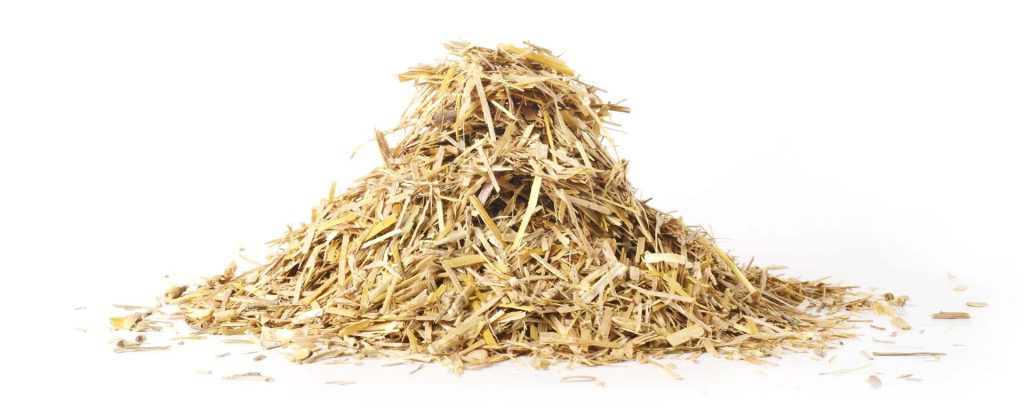
Technical specifications:
R-value:
R-value | |
|---|---|
R 20 cm | 4,54 |
R 25 cm | 5,68 |
R 30 cm | 6,81 |
With R 30 cm, a phase shift of more than +12 hours is achievable.
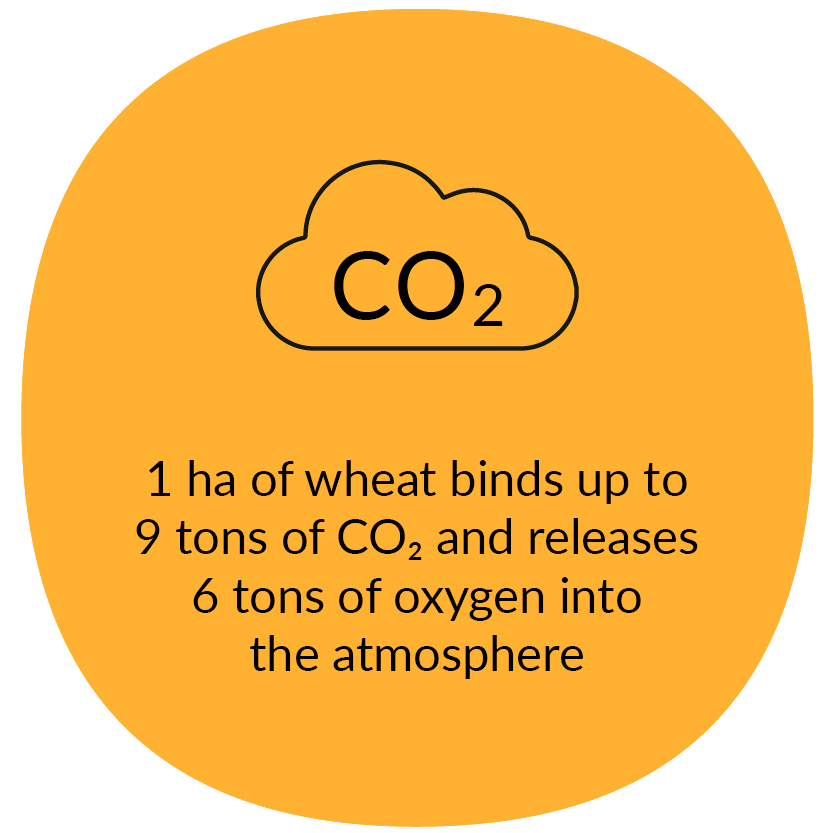
100% straw, natural, untreated, and free of additives. Our insulation material is a natural product made from 100% regionally sourced wheat straw. Nothing is added because the straw, combined with our patented processing method, meets all the required criteria.
When you professionally blow in BioBlow into a compartment, the result is seamless and settlement-resistant insulation! BioBlow is certified according to the European Technical Assessment, Insula certified, and included in the NMD (Dutch Environmental Database).
Joints up to 5 mm can easily be sealed by BioBlow, and cavities are reliably filled. There is no need for complex post-processing or cutting. BioBlow blow-in insulation is processed by certified blowing companies and applied safely and sustainably as insulation. The same blowing technique can be used as for cellulose and other blow-in insulation materials. For elements with a large volume, we recommend choosing a correspondingly high machine capacity. For more information about the machines and settings, you can contact info@bioblow.com. We are also happy to train and instruct your staff in the processing of BioBlow.
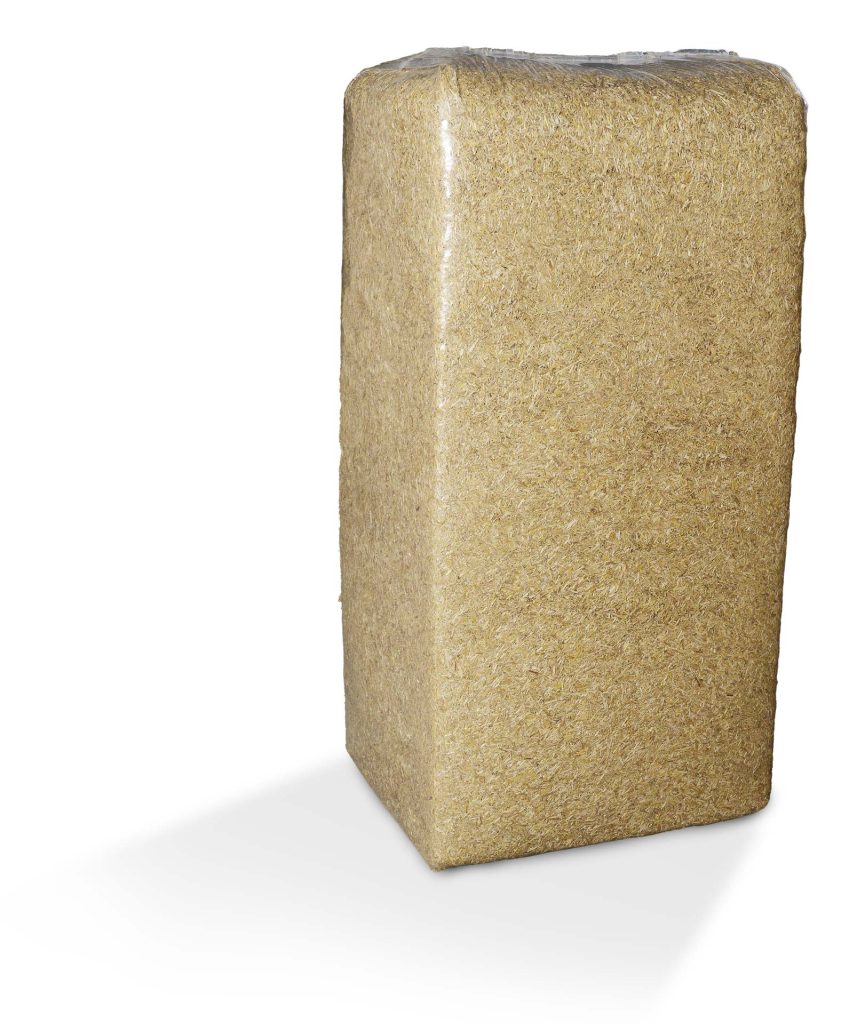
Order a BioBlow straw sample and see for yourself!
It’s fascinating to see how such a simple material gains ideal properties after an intensive dust removal process. Try igniting the fibers—it won’t work.